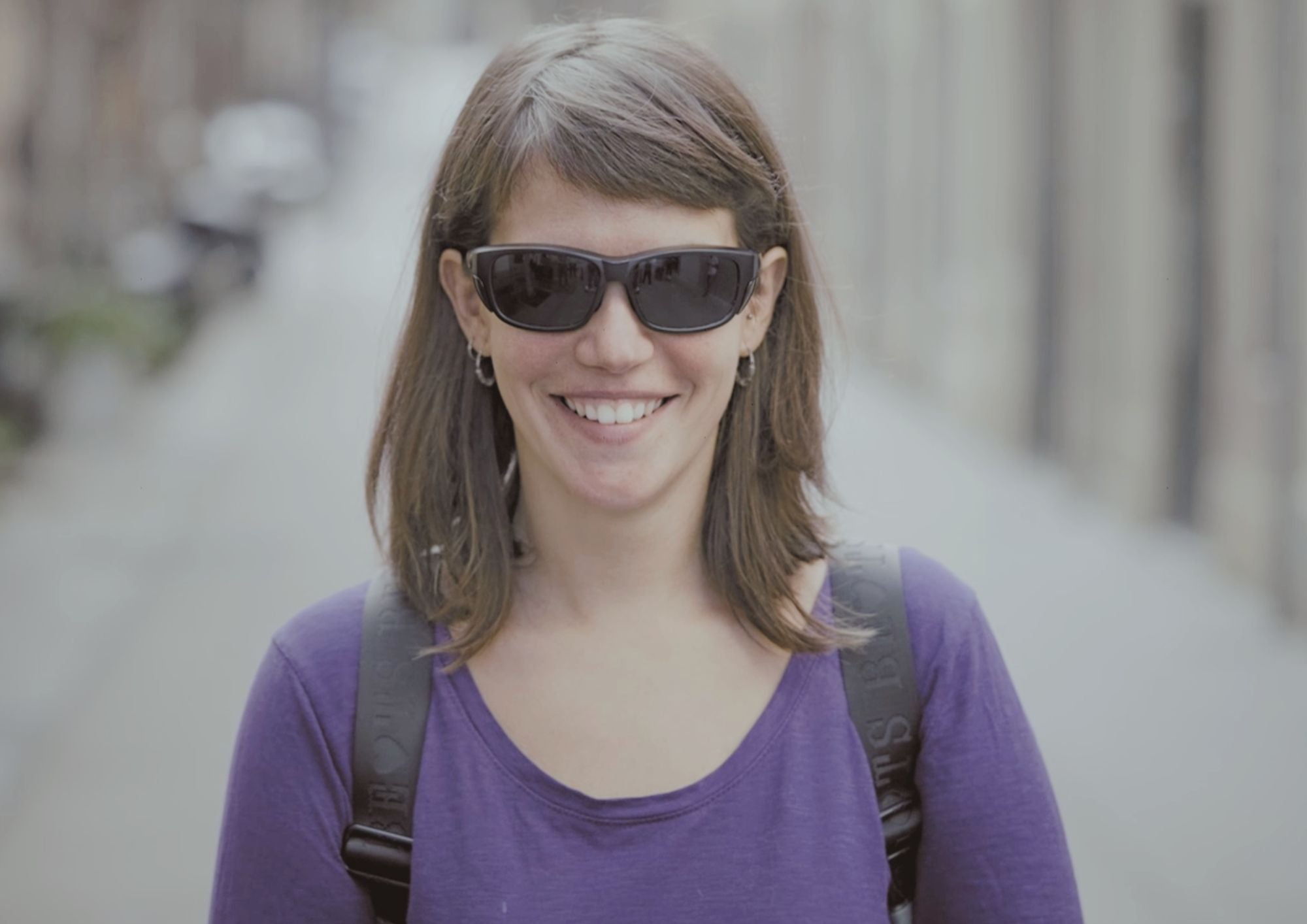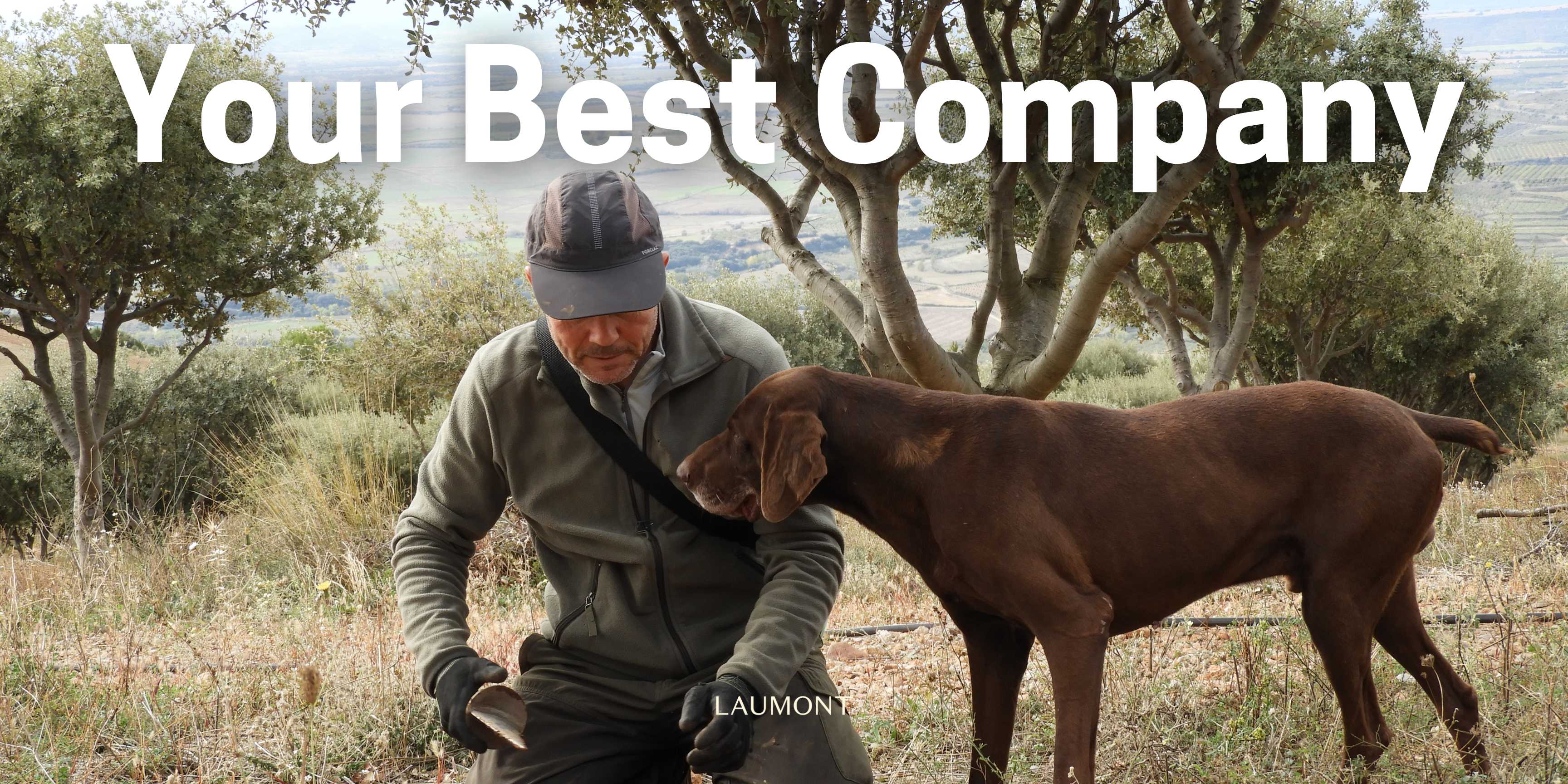Marga Macías is the CEO of IDDT (International Detector Dogs Team), a company that trains and prepares dogs for a wide range of specific jobs. This includes preparing them for work as assistance dogs, guide dogs, service dogs, medical alert dogs, hearing dogs and much more. She first founded IDDT 25 years ago and since then, she has dedicated her life to developing animal training resources to generate benefits for society while safeguarding the well-being of animals. At present, she is studying for a PhD in canine units and human safety at the Autonomous University of Barcelona (UAB).
What is your role as the CEO of IDDT?
I’m responsible for managing the company across its different departments. Our objective is to deliver highly skilled, highly trained assistance dogs. We work with many different companies and prepare dogs for work in many different fields. This includes training assistance dogs.
How do you train a dog for a specific job, such as being a guide dog, for example?
Basically, the idea is to channel the animal’s energy so that they can perform specialist tasks and help people the best they can. As you can imagine, it requires a lot of hard work, time and dedication, but the most important factor is the bond with the user.
How do you choose the dogs?
We specialise in training dogs that come from outside breeding lines, in other words, abandoned dogs or dogs in shelters. We give them a second chance. This is a very important principle for us. It means that we add value as a company and it makes us much more than simple dog trainers.
What things do you have to consider when deciding whether a dog is suitable for a specific user?
It’s important to fully appreciate the personality and physical traits of both the dog and the potential user. If the dog is very active, the user will also need to be quite an energetic person. If the user is a much calmer person, then it would be better for them to have a calmer dog. And if the potential user doesn’t like animals, then maybe a guide dog wouldn’t be the best option for them.
Here at Laumont, we’ve already heard about one example. Alba from the Catalan Association for the Blind and Visually Impaired B1B2B3 has already had one guide dog and is currently going through the process of acquiring a new one, Buddy.
Yes. We’ve had a collaboration agreement with B1B2B3 for more than 20 years. Having relationships with organisations, and particularly with people Alba, helps us a great deal when matching a guide dog with a potential user. In Alba’s case, we already knew her well because she had already had a guide dog trained by us, so we knew 100% that Buddy would be a great match for her.
Is it easy to get a guide dog?
No, it’s very difficult. As I already mentioned, there are many obstacles when it comes to training a dog. Training a guide dog currently costs around €60,000, and even then, in Spain, there are currently more than 480 people waiting for a dog. There aren’t enough to meet demand. One of our objectives is to establish an assistance dog training school. In other countries, like France or the UK, there are many such schools and they don’t have this problem. There is not even one currently in Spain.
What is the process for acquiring a guide dog?
When a person wishes to acquire a guide dog, we first need to assess whether they really need one. Once we are satisfied that they do, we then need to check whether they are already able to use a cane and have received appropriate training. This reassures us that the person has experience in moving around public spaces independently. We also need to check whether they can take care of the dog themselves, such as getting them to the vet when required, etc. And finally, we need to be sure that the person doesn’t suffer from any illness or medical condition that might prevent them from having a dog.
What does a guide dog have to learn?
The guide dog is the visually impaired person’s eyes. They need to know how to get on the bus, when to turn and how to communicate this to the user, how to indicate that there are stairs or steps, how to find the exit door when leaving a building, how to find their own way to everyday places like home, the pharmacy, etc. The dog also needs to have what we call “disobedient obedience”. This means that, when there is an object or a hole, even if you tell them to go ahead, they will not move forward despite your orders.
At what point do the dog and the potential user meet each other?
As I mentioned, when we think a dog and a potential user will be a good match, we begin a trial period so that they can establish a bond. During this phase, we continue to train the dog, sometimes with the user and sometimes without. We also sometimes let the user take the dog home to see how they interact in the home or family environment. This period can last up to 12 months until the user receives their official certificate from the Catalonia regional government.
What is the most important thing to consider when delivering a dog to a user?
We are very conscious that the person depends on the dog for their safety. This is a crucial point and we take it very seriously. If I had to give any advice to someone interested in acquiring a guide dog, it would be to contact a team of professionals. There are many unqualified operators in the sector, and it is vital that the dogs are trained to a high standard and meet all the necessary legal requirements.
Marga, many thanks for talking to us and congratulations on your work
Thank you very much.


